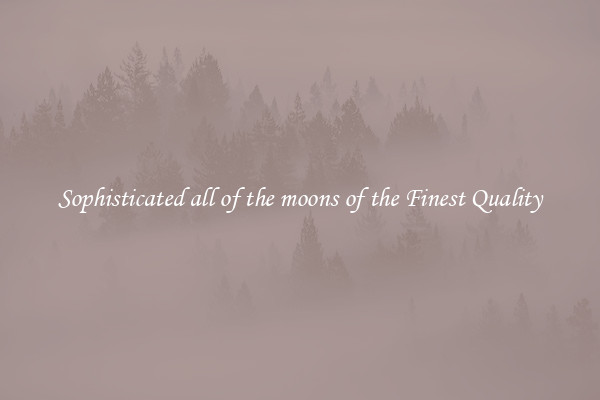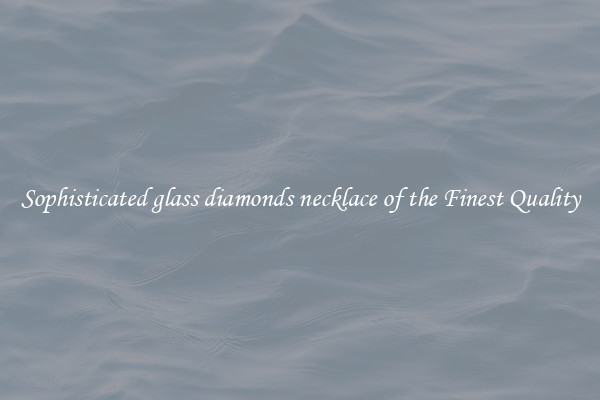Sophisticated all of the moons of the Finest Quality
Sophisticated Moons of the Finest Quality

In the vast expanse of our solar system, there are many celestial bodies that captivate our imagination. Among them, the moons, those celestial companions that orbit around their respective planets, hold a special fascination. Moons can come in a variety of sizes, shapes, and compositions, each unique in its own way. Some moons are asteroids captured by a planet's gravity, while others are formed alongside the planet itself. Regardless of their origin, moons are a testament to the sheer beauty and complexity of our universe.
One of the remarkable aspects of moons is their sophistication. These celestial bodies have undergone complex processes over millions of years to become what they are today. For example, consider the moon Titan, Saturn's largest moon. Titan has an atmosphere, and it is the only moon in our solar system known to have one. Its atmosphere is predominantly made up of nitrogen, with traces of methane and other hydrocarbons. This moon's atmosphere is so impressive that it is thicker and denser than Earth's, making it the only moon where weather patterns, such as rain and clouds, exist. Additionally, Titan has lakes and rivers of liquid methane, which dot its surface, making it an intriguing place to explore in the search for extraterrestrial life.
Another sophisticated moon is Europa, one of Jupiter's Galilean moons. Europa has a smooth icy surface, but hidden beneath that surface is a subsurface ocean of liquid water. This vast ocean, thought to be twice the volume of Earth's oceans combined, could potentially harbor life. Scientists believe that the interaction between the rocky mantle of the moon and its ocean creates the necessary conditions for life to thrive. Moreover, Europa's icy surface is a subject of active study, as it could potentially contain valuable resources like water ice, which could be used to sustain future human missions across the solar system.
Indeed, all moons possess their own unique qualities that make them sophisticated in their own right. Whether it's the volcanic activity on Io, Jupiter's innermost moon, the intricate and colorful patterns on Saturn's moon Enceladus, or the sheer size and impact on our tides by our very own moon, each moon has a story to tell.
As we continue to explore and study these celestial bodies, their sophistication will undoubtedly captivate our curiosity and spark new questions about the origins and evolution of our solar system. Each moon represents a separate world, waiting to be explored and understood. They remind us of the beauty and diversity of the universe, and how fortunate we are to witness and appreciate their splendor from our own celestial home, Earth.

View details

View details

View details

View details








